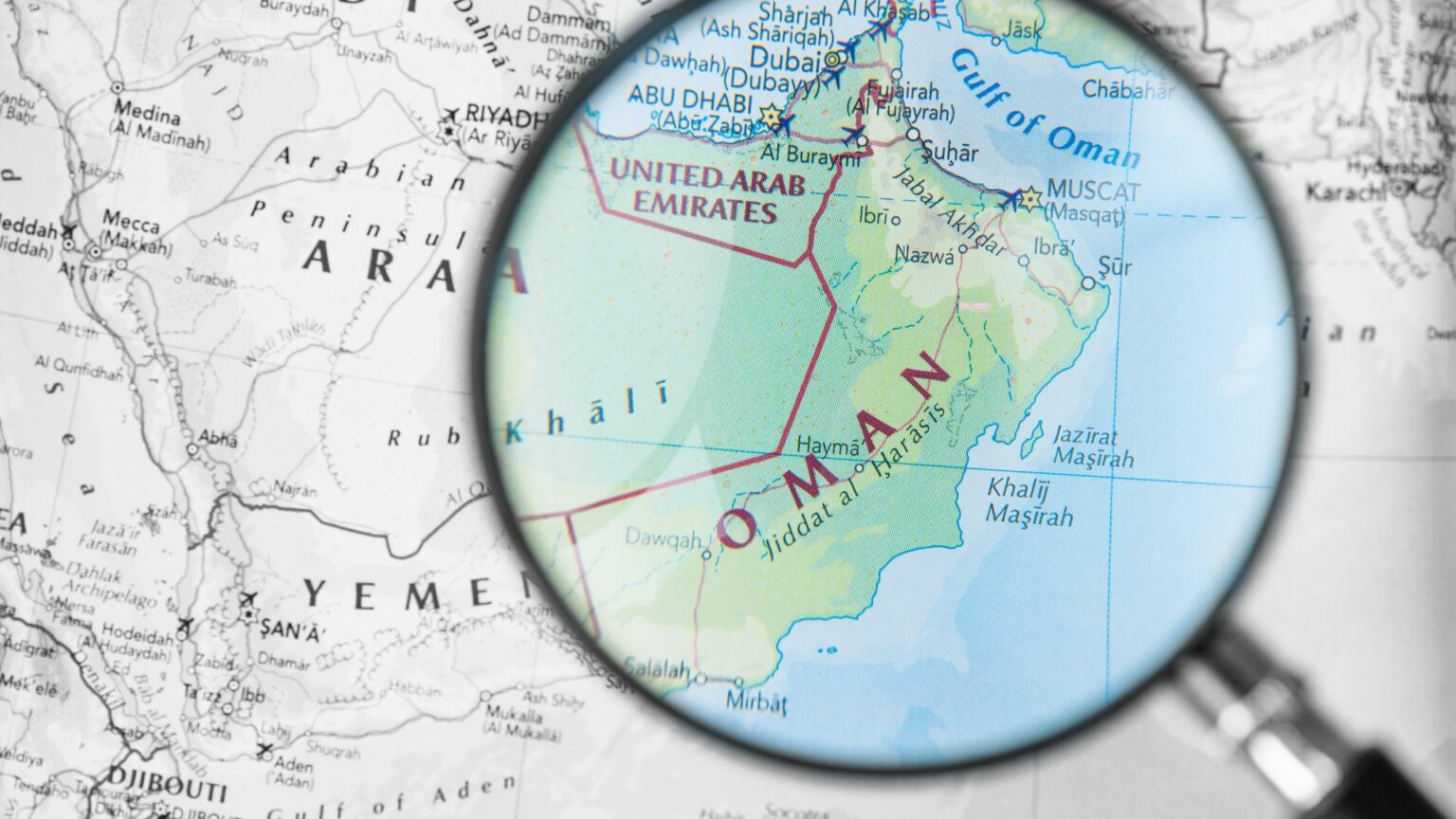Oman has emerged as a potential vanguard in green hydrogen production, leveraging both its strategic geographic positioning and abundant solar and wind resources.
The Sultanate is driving this initiative as part of its Vision 2040 plan and its commitment to reaching net-zero emissions by 2050. In Sur Industrial City, the cost analysis suggests a promising economic future for green hydrogen, with projections indicating a significant drop in the levelized cost of hydrogen (LCOH) from $6.52 per kilogram to $3.45 by 2050. This reduction is underpinned by a hybrid energy system combining wind and solar power, aligning with observed declines in renewable energy costs globally.
The life cycle assessment conducted in the study further emphasizes green hydrogen’s environmental promise, revealing a global warming potential of just 1.95 kgCO2eq per kg of hydrogen. This is starkly lower than traditional steam methane reforming techniques, which emit between 11 and 16 kgCO2eq per kg of hydrogen. This distinction not only bolsters the environmental case for green hydrogen but also aligns with Oman’s broader sustainability targets.
Infrastructure emissions, particularly those associated with renewable energy systems, dominate the environmental profile of green hydrogen production. Here is where circular economy principles—minimizing waste and maximizing resource use—can play a vital role. Addressing the end-of-life phases of solar panels and wind turbines could considerably mitigate these impacts. Furthermore, policy interventions, such as incentivizing renewable energy, creating industrial clusters focused on hydrogen use, and fostering circular economic practices, are pivotal.
Proactive efforts are needed in optimizing hydrogen production techniques, refining storage solutions, and developing efficient transportation networks. These innovations will be critical in enhancing overall system efficiency and shaping Oman’s policy frameworks towards even greater efficacy. Oman’s strategic initiatives, particularly in Sur Industrial City, thus represent not just an economic opportunity but a case study in how regions with significant renewable resources can transition to green hydrogen, preparing the foundation for a sustainable future that may set a precedent for other nations seeking similar transformation.
Stay updated on the latest in energy! Follow us on LinkedIn, Facebook, and X for real-time news and insights. Don’t miss out on exclusive interviews and webinars—subscribe to our YouTube channel today! Join our community and be part of the conversation shaping the future of energy.
